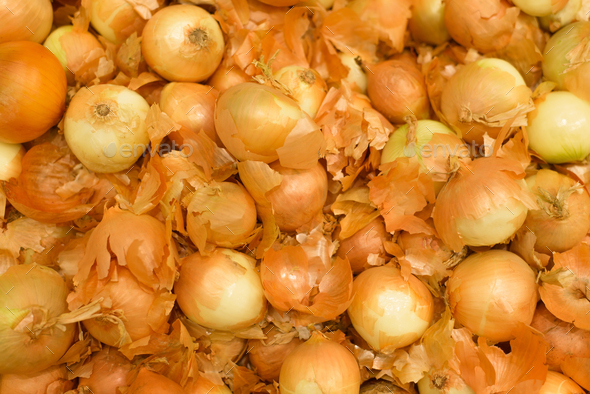
Often discarded as kitchen waste, onion skins are surprisingly useful and packed with nutrients. Rich in antioxidants, particularly quercetin, and other beneficial compounds, these husks offer several environmental and health benefits that are too good to ignore. From natural dyes to wellness boosts, here’s why you should start saving those onion skins.
Health Benefits of Onion Skins
1. Rich in Antioxidants:
-
Onion skins contain high levels of quercetin, a powerful antioxidant that can reduce inflammation, lower blood pressure, and prevent arterial plaque buildup. Consuming infusions or broths made with onion skins can help you harness these benefits.
2. Boosts Heart Health:
-
The antioxidant properties in onion skins are beneficial for cardiovascular health. Quercetin helps to enhance blood vessel resilience and reduce the risk of heart disease.
3. Supports Digestive Health:
-
Dietary fiber found in onion skins can aid in digestion and help prevent constipation, promoting overall gut health.
Sustainable Uses of Onion Skins
1. Natural Dye:
-
Onion skins can be used to create a natural dye for fabrics, Easter eggs, or even paper. The resulting color ranges from beautiful shades of orange to deep rusty brown, depending on the concentration and type of onion skins used.
2. Garden Mulch:
-
Instead of throwing away onion skins, use them as a mulch for your garden. They can help retain moisture in the soil and provide nutrients as they decompose, benefiting plant growth.
3. Compost Material:
-
Add onion skins to your compost pile. They are rich in nutrients and break down quickly, enriching the compost with essential minerals that are great for garden soil.
How to Use Onion Skins
Onion Skin Tea:
-
Ingredients: Onion skins from several onions.
-
Instructions:
-
Rinse the onion skins to remove any dirt or impurities.
-
Place the cleaned onion skins in a pot and cover with water.
-
Bring the water to a boil, then reduce the heat and let it simmer for about 10-15 minutes.
-
Strain the liquid and serve hot. You can add a touch of honey or lemon for flavor.
-
Tips for Collecting and Storing Onion Skins
-
Collection: Start saving the outer layers of onion skins each time you cook. Store them in a dry place until you have enough for a batch of dye or a pot of tea.
-
Storage: Keep the skins in an open container or a mesh bag in a cool, dry place to prevent mold growth.
Precautions and Considerations
-
Allergies and Sensitivities: While onion skins are generally safe, they can cause reactions in sensitive individuals. If you have an allergy to onions, it is best to avoid handling or using onion skins.
-
Culinary Uses: Onion skins are not commonly used directly in cooking due to their tough texture, but they can be included in broths or stocks to extract their flavors and nutrients.
Conclusion
The next time you find yourself peeling onions, think twice before tossing those skins in the trash. With their health benefits, environmental uses, and surprising versatility, onion skins are a valuable resource in disguise. Whether you’re brewing a cup of antioxidant-rich tea or crafting a natural dye, these husks can elevate your sustainable living practices and enhance your health.




